By CGTN's Yang Wentao & Zhu Qinliang
The Hong Kong-Zhuhai-Macao Bridge is the longest cross-sea bridge in the world designed to last for 120 years. The mega-structure not only helps cut travelling time, but also serves as a symbol of the close links forged under China's "One Country, Two Systems" policy.
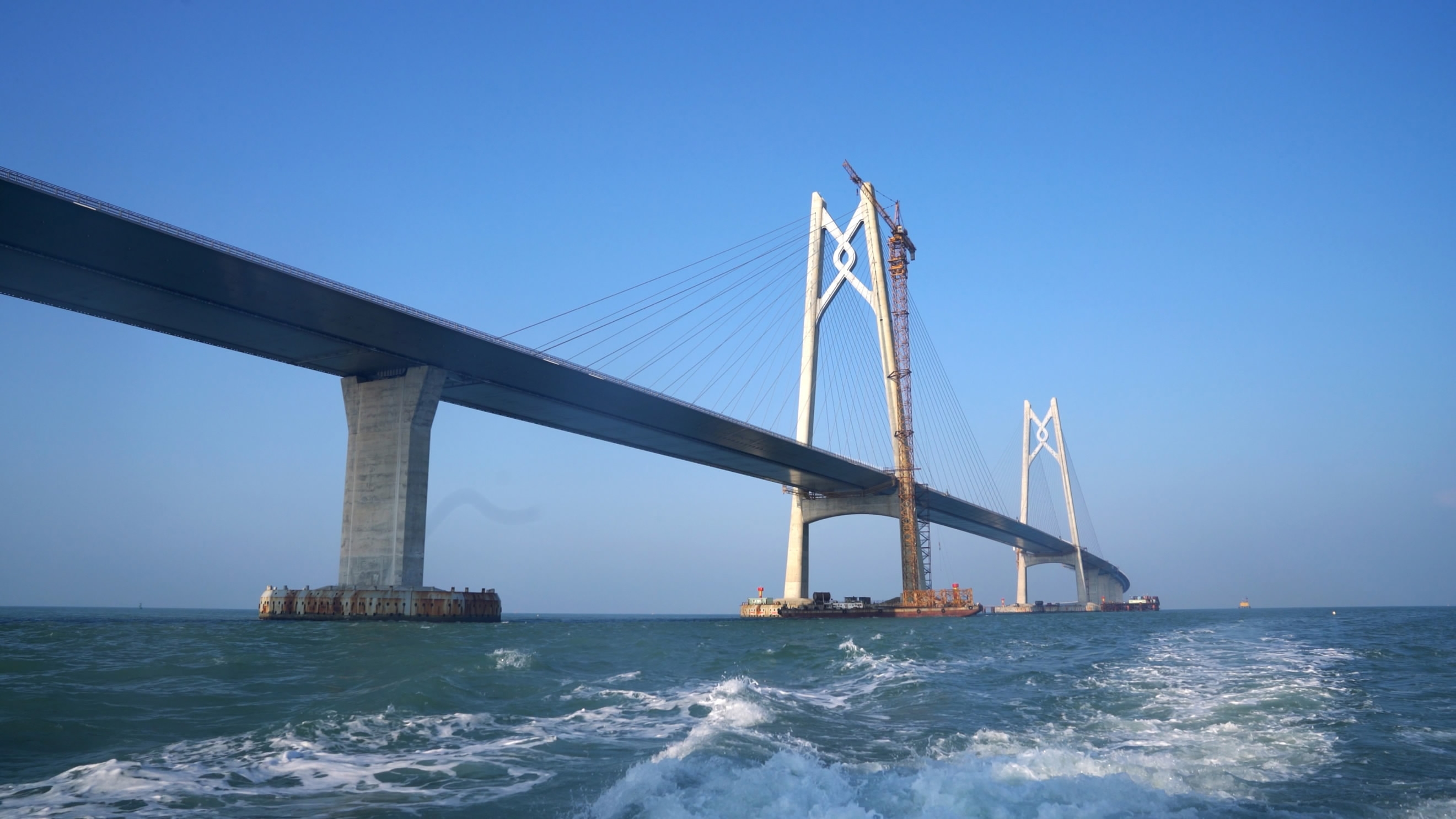
CGTN Photo
The bridge, one of the most advanced infrastructure projects the world has ever seen, was inspired by ancient Chinese bridge-building techniques. The Hong Kong-Zhuhai-Macao Bridge may be at the forefront of a new generation of modern Chinese bridges, but it’s deeply rooted in Chinese bridge-building tradition.
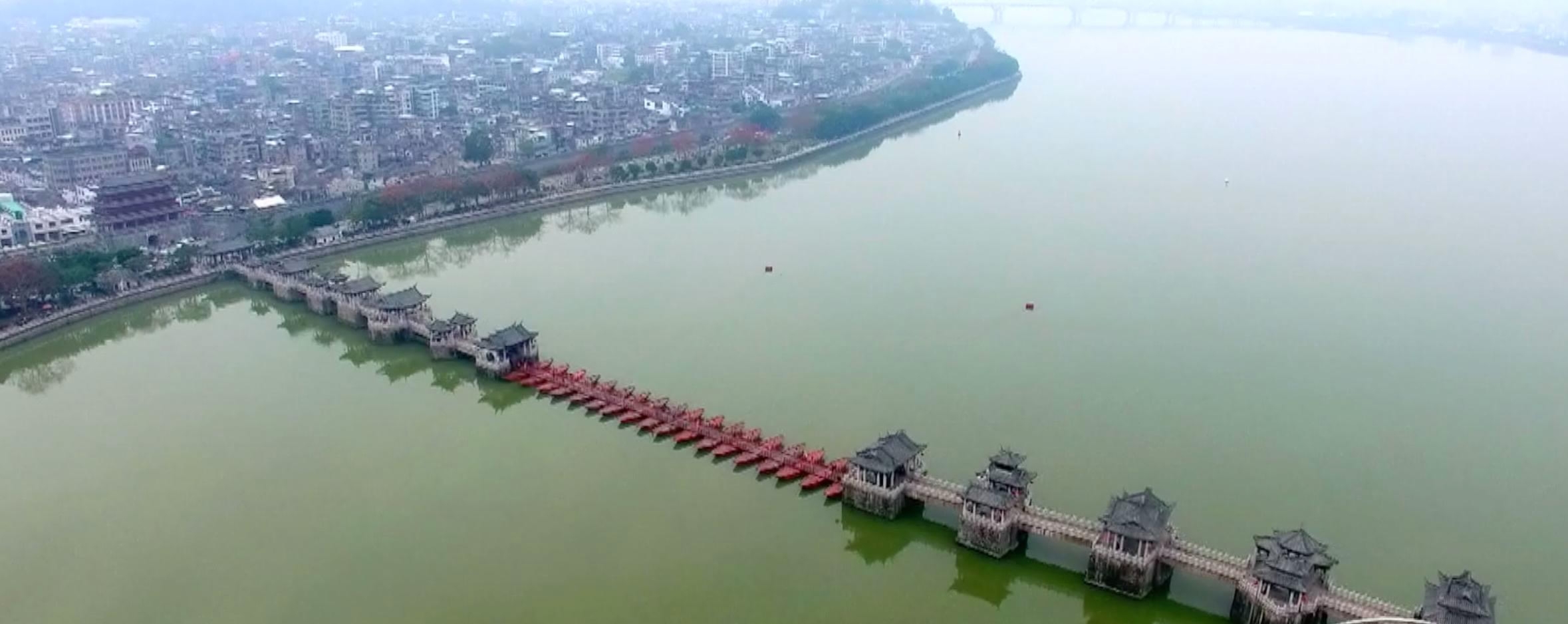
CGTN Photo
The ancient Chinese were some of the earliest and most prolific bridge-builders in the world. this is hardly surprising, since the country’s territory is marked by thousands of crisscrossing rivers. Even in the most remote villages, evidence can be found of ancient bridges, built using local materials and know-how.
Bridges in China, on top of the basic engineering, incorporate a lot of art and are imbued with meaning. In every bridge they build the Chinese instill cultural connotations.
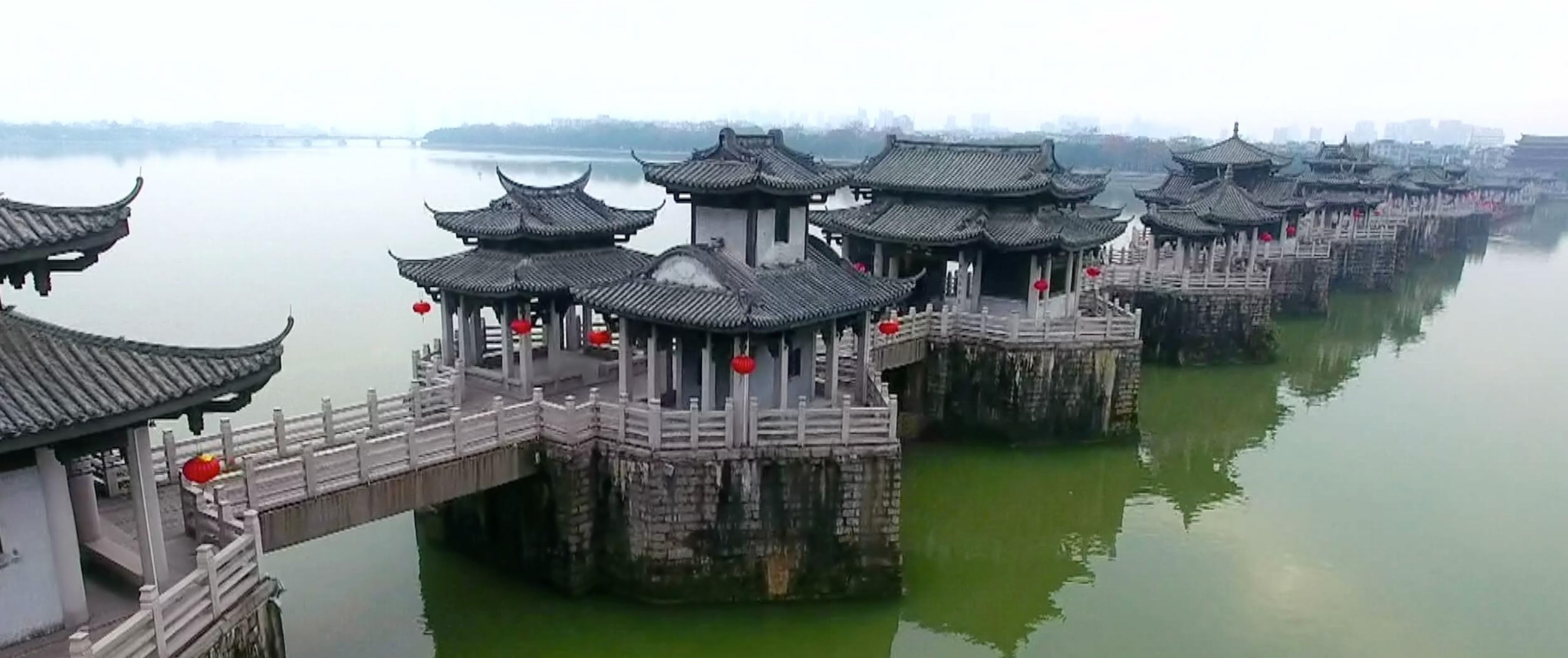
CGTN Photo
Guangji Bridge is one of the four most celebrated ancient bridges in China. It lies 500 kilometers away from the Hong Kong-Zhuhai-Macao Bridge. Built during the Southern Song Dynasty in the 12th century, it was the first-ever bridge capable of opening to allow ships to pass. It was a key link on the trade routes connecting Guangdong with Fujian, Jiangxi, Zhejiang and other areas to the north and east. Its beauty testifies to the remarkable skill of its builders.
After 1949, Soviet technology played a key role in China’s infrastructure development. Completed in 1957, the Yangtze River Bridge in Wuhan, then the longest bridge over the Yangtze, was a fruit of Soviet aid. It was also the first bridge over the Yangtze to carry both road and rail transport. As the final link in the Beijing to Guangzhou railway – a major north-south artery – the bridge overcame one of the biggest natural barriers in China. Old footage shows the elation of the people who witnessed the opening of this historic bridge.
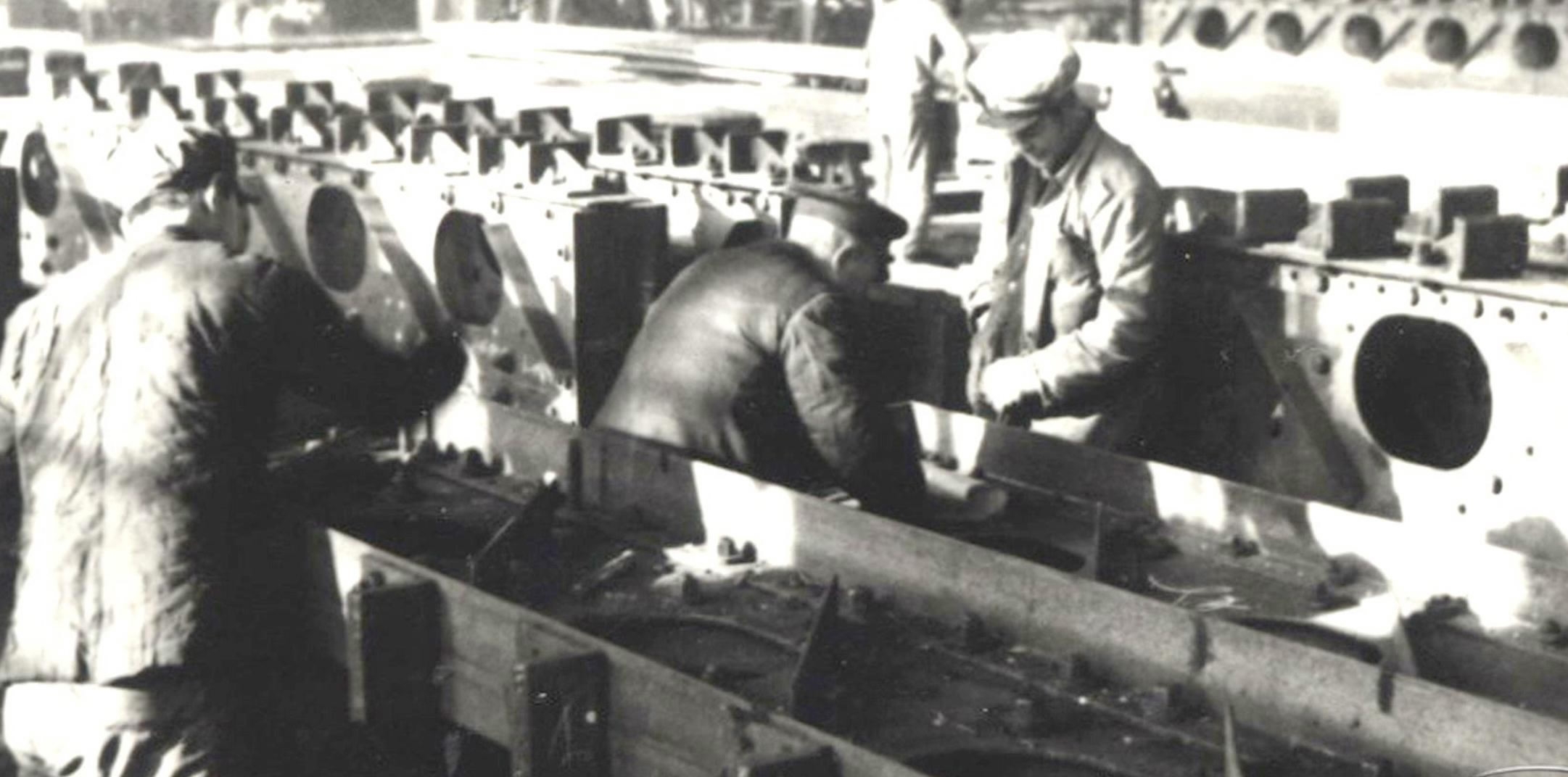
CGTN Photo
The Yangtze River Bridge in Nanjing was opened in 1968. It was the first road-rail bridge to be designed and built entirely by China. Both functional and attractive until today, this remains a source of pride for the country’s bridge-builders.
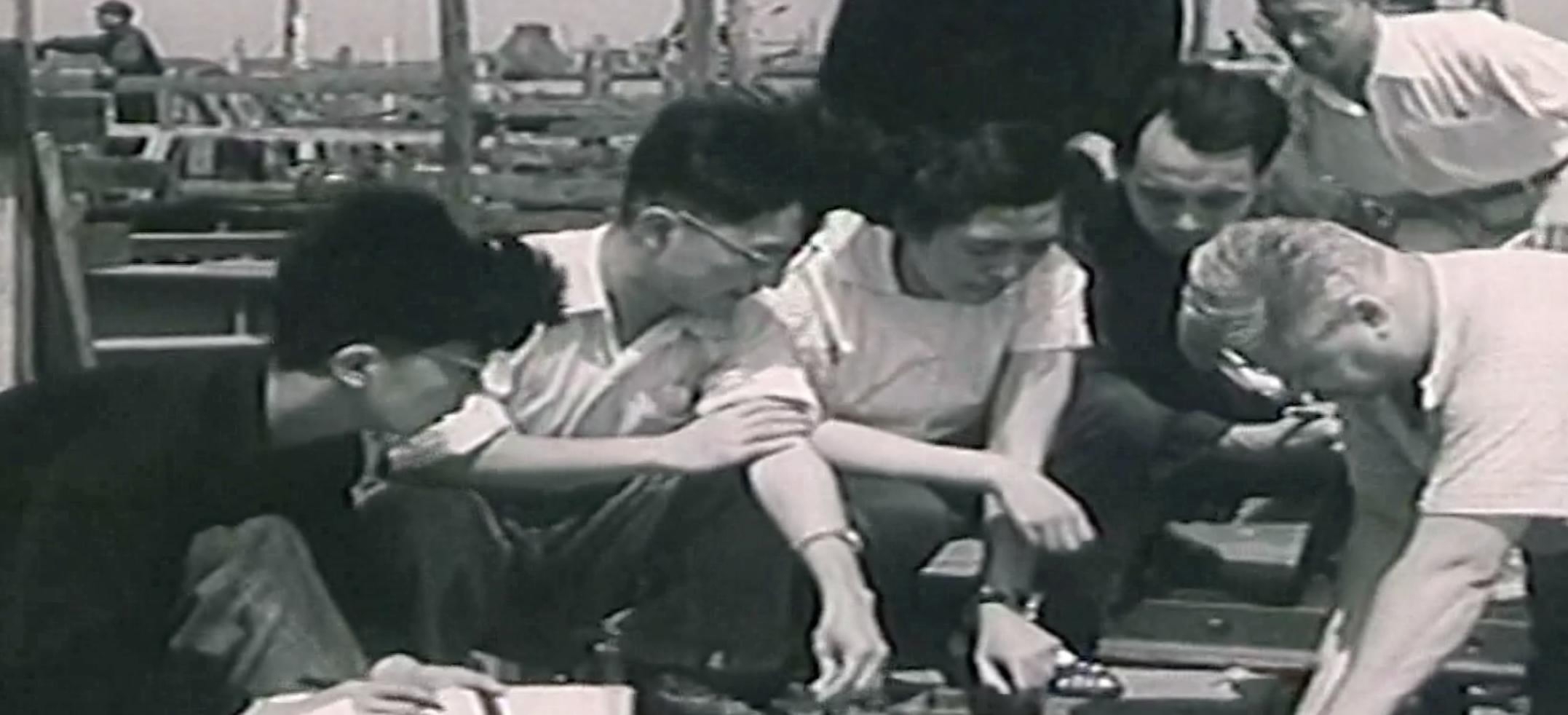
CGTN Photo
In the late 1970s, the reform and opening-up set the stage for China’s economic development to reach the next level. Hundreds of major bridges were built across the Yangtze and Yellow rivers. Before long, bridges also began to span steep cliffs and seas.
A plan to build a bridge across the Lingding Channel was first mooted in 1983. But to today’s engineers, the project is about more than just realizing an old dream.







